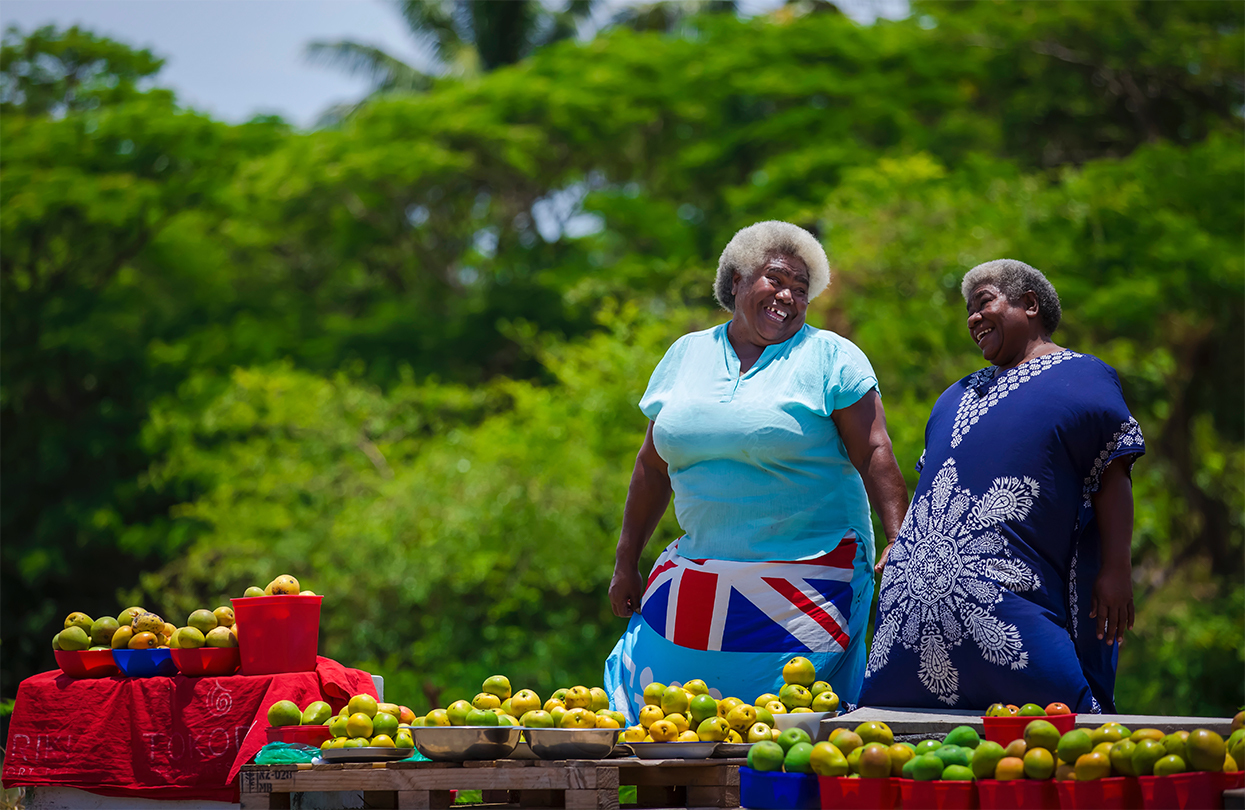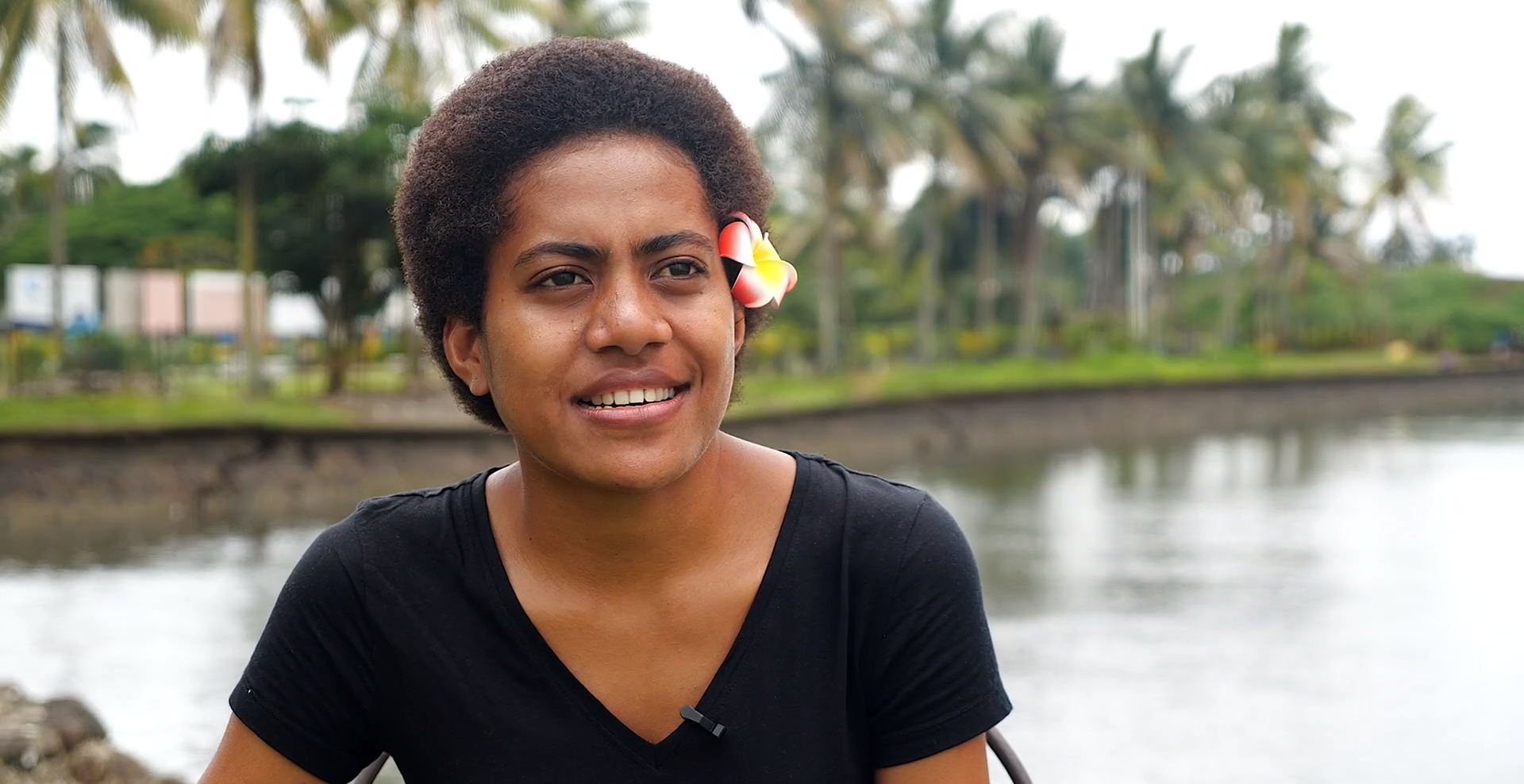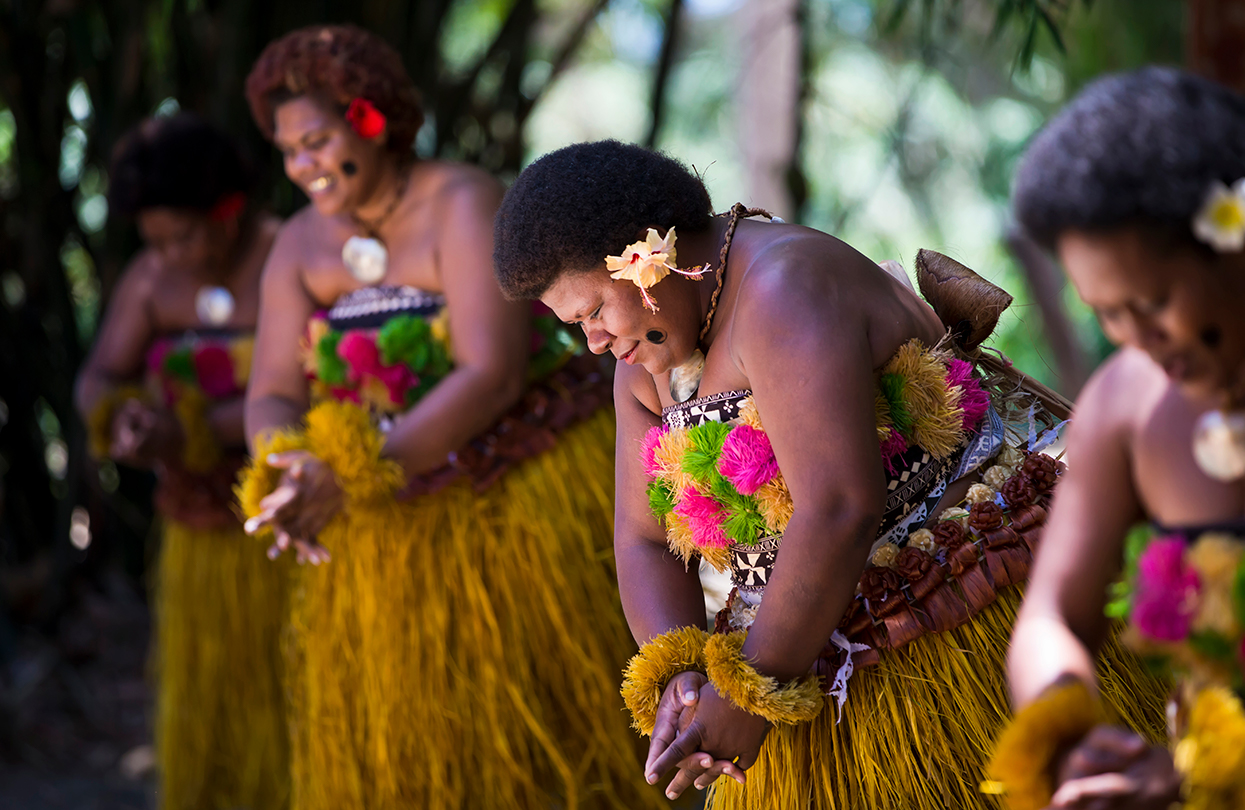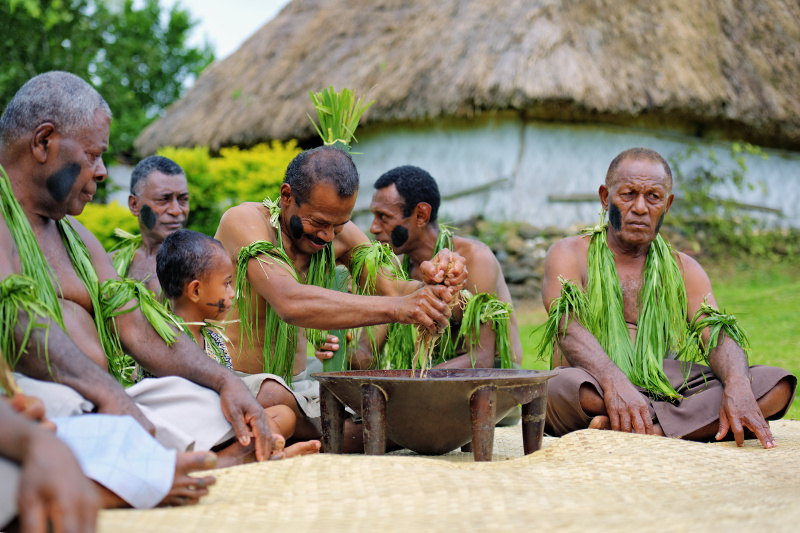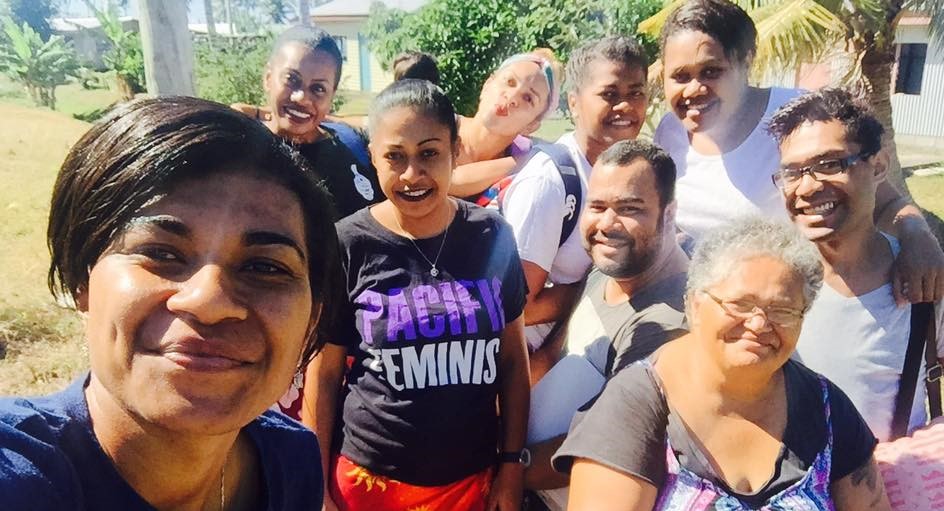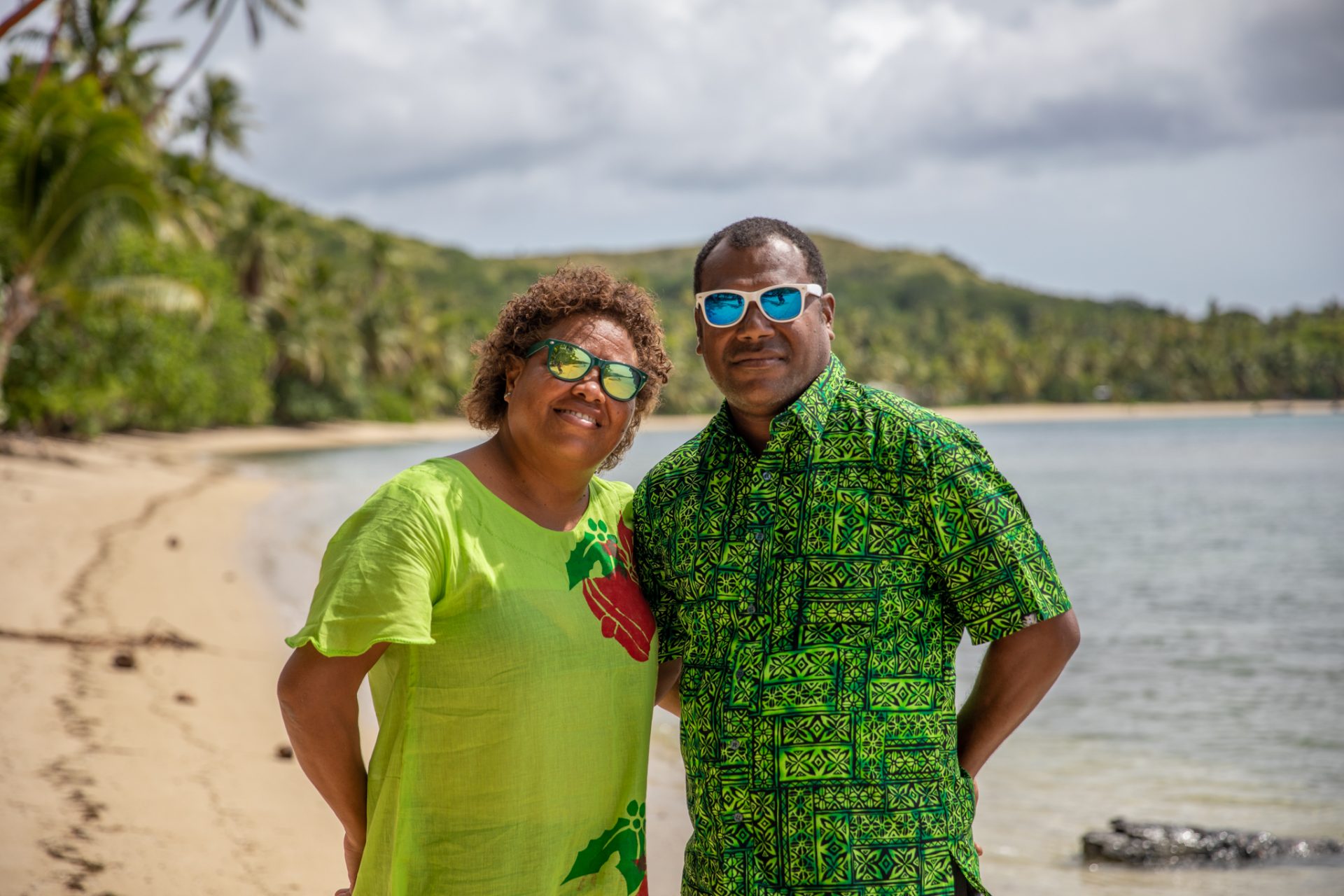Marketing
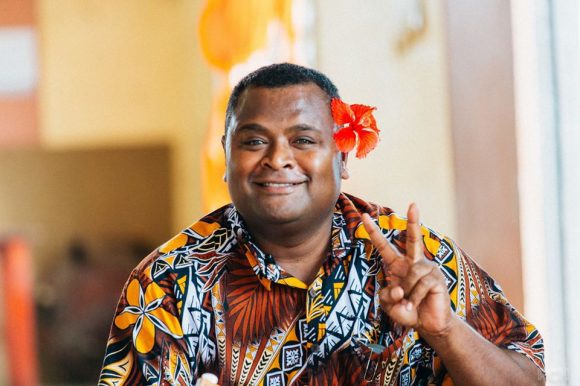
Module 1– Marketing and the Fiji National Development Plan
- Why is Marketing Important? The Impact of Marketing on the FNDP, The state of Marketing in Fiji
Module 2- What is Marketing?
- Understanding the Basics
Module 3- Discover Marketing in Fiji
- Global Overview, Media consumption in Fiji
Module 4- Marketing With Cultural Intelligence
- Collectivism V Individualism, Effects of Non-Culture-Appropriate Mass Media
Module 5- Social Media and Marketing in Fiji
- Real Life Studies and Examples of Social Media and Marketing in Fiji
Module 6- Guides and Resources for Creating Your Own Marketing Action Project
Module 7- Test Your Knowledge
Module 1: Marketing and the Fiji National Development Plan
The Fiji National Development Plan (FNDP) is a framework that outlines policy manoeuvres that aim to develop Fiji as a country.
The FNDP sets out a guide as to where there are plans for growth in specific sectors. In order to grow and improve marketing within Fiji, the FNDP suggests the sector will play a bigger role within the housing, tourism and automation industries, amongst others, in the future.
To give yourself a better understanding as to the importance of marketing, its impact within the FNDP, and the current state of marketing in Fiji, take a look at the FNDP below…

- Investment in the establishment of “vertical villages” will be supported to accommodate a more diverse group of Fijians, with differing incomes, cultural backgrounds, occupations and family sizes.
- This diversity will help improve the marketability of public housing units with strata titles.
- Large-scale commercialisation will be pursued together with Small and Medium Enterprise (SME) development.
- The business climate will be further improved to facilitate private sector investment, including enticing more foreign investment.
- Government will provide the necessary infrastructure and enabling services.
- Marketing will play a crucial part in developing these sectors.
- Options will be explored for regional marketing in areas like tourism.
- Government and Micro, Small and Medium Enterprise (MSME) Council, will continue to support and incentivise MSMEs and thereby create more jobs and encourage inclusive growth.
- The secured transactions framework to allow use of movable property as collateral, and government’s MSME financing and credit guarantee scheme, will improve financing and growth of MSMEs.
- Access to markets through improvements in infrastructure and marketing services will be developed.
- Transportation networks within the country and connectivity to the outside world will be enhanced.
- We will also continue to modernise Fiji’s air, maritime and land transport networks and weather recording, forecasting and reporting services to meet our long term needs and aspirations.
- Apart from transport connectivity, there will be a major focus on digital connectivity. All this will support human capital development, commerce and trade.
- Port infrastructure will continue to be modernised, and services will be improved further to facilitate trade and commerce
- Government will continue to subsidise uneconomical sea routes to ensure that shipping services are provided on a regular basis to these regions.
- This will support transportation, commerce and income-generating opportunities in the maritime region
- Digital literacy will be improved.
- Such improved connectivity will provide employment opportunities for all Fijians living in rural and remote communities, and more employment in IT support services will be realised.
- These developments will create a more conducive environment for commerce and development, including attracting new sources of investment and growth
- Such improved connectivity will provide employment opportunities for all Fijians living in rural and remote communities, and more employment in IT support services will be realised.
- Appropriate new technology will be adopted to raise overall efficiency and productivity, and to improve service delivery across all sectors
- A facilitative environment will be created to introduce new and modern technology
- Government will provide the necessary infrastructure to embrace new technology.
- For the tourism industry, increased use of marketing automation, a stronger social media presence, use of smart-phone applications for customer bookings and enquiries, and investment in smart appliances will be promoted to improve service delivery.
- Rural development will be prioritised with improvements in infrastructure and provision of adequate public utilities.
- Agriculture and other sectors will be supported to generate income opportunities for people in rural and maritime areas.
- The Ministry of Agriculture will create better linkages to enhance the marketing, promotion and value addition of local agricultural produce.
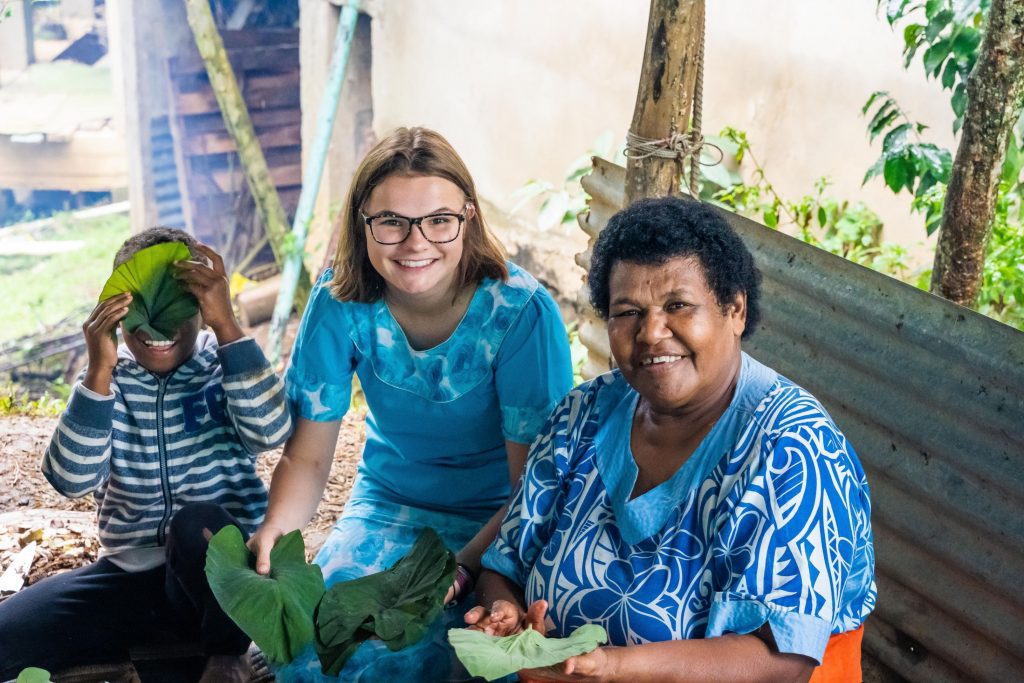
- In the next five years, new strategies will be implemented to increase the supply of affordable housing, in particular housing units with strata titles, by both the public and private sector. The existing housing programmes will continue.
- To promote more integration and marketability of public housing and housing units with strata titles, “vertical villages” will be established.
- This will include a range of unit sizes and will accommodate a more diverse group of households with different income levels, cultural backgrounds, family sizes and other characteristics.
- This will create a renewed image of integrated housing and encourage Fijians to buy units with strata titles.
- To transform Fiji, the manufacturing sector will be developed further.
- The Fijian Made-Buy Fijian campaign has augured well for the promotion of locally manufactured products, both within Fiji and internationally
- Government’s focus in the next 5 years is to develop Fiji as a manufacturing hub of the Pacific.
- Government will develop specialised economic zones built on the “plug and play” concept with tailor-made incentives to attract investments in the services and manufacturing industries.
- Fiji will bid to host major regional and international sporting events, including the 2023 Pacific Games and 2026 Commonwealth Games.
- Government will continue to invest in the upgrading and maintenance of sporting infrastructure and facilities to raise them to international standards.
- Such investments will strengthen Fiji’s attractiveness as a host for future international events and encourage sports tourism.
- Government will continue to work with regional partners and civil society (including faith-based organisations) in the empowerment and development of women.
- The National Women’s Expo, sponsored by government, will continue to focus on marketing products produced by women for the local and international market
- Over the Plan period, government will create a gender fair society that protects and promotes the rights of women.
- Recent years have witnessed substantial government investment in the development of rural infrastructure, provision of education and health services, rural electrification, access to water, income-generating opportunities, better communications and transportation.
- Over the next 5 years, these investments will continue in a more integrated manner
- Strategies will be implemented to improve production and better facilitate linkages between the agriculture sector and the market.
- The role of the Agriculture Marketing Authority will be strengthened to provide effective marketing support without crowding out the private sector
- The Agricultural Marketing Authority (AMA) will be strengthened to provide effective marketing support to farmers in the rural and outer islands, while avoiding crowding out private sector participation.
- Stronger links will be forged between farms and markets to create greater synergy between the agricultural sector and the tourism industry.
- For export development, we will continue to capitalise on our favourable trade and quarantine arrangements that allow exports of agricultural produce to Australia, New Zealand, the US, Europe, Canada, China and neighbouring Pacific Island countries.
- Opportunities to expand Fiji’s exports for sale in mainstream supermarket chains overseas will also be pursued in the future.

Tourism is one of the leading sectors of the Fijian economy. Over the last few years, our accommodation services have been continually improving, with the number of rooms and beds increasing. Airline services have improved with increased fleet and capacity for Fiji Airways, new direct flights, and increased frequency. With our pristine natural environment, top-class hospitality services, improved air connectivity, competitive Fijian dollar, effective marketing and cultural diversity and heritage, there is more potential to be realised. The Fijian Tourism 2021 (Fijian Tourism Development Plan 2017-2021) sets out the following priority areas to achieve the goal of total earnings of $2.2 billion:
- Driving demand for Fiji’s tourism brand
- Increasing the value of Fiji’s tourism products
- Facilitating and promoting domestic and foreign investment
- Investing in tourism-related infrastructure
- Strengthening linkages to the tourism industry
- Ensuring continued sustainable development of the tourism industry
- Building a conducive and updated legal framework
- Enhancing Risk Management
- Measuring the performance of Fiji’s tourism industry
In the next 5 years, Fiji will expand its tourism industry to niche segments, such as:
- sports tourism
- cruise tourism
- wedding and honeymoon tourism
- hosting of conferences and entertainment events
- wellness tourism
- adventure tourism.
The Fijian Government will continue to bring international events such as rugby competitions, golf tournaments, sailing regattas, and formal conferences and meetings to Fiji. This will not only attract visitors during off-peak seasons, but also promote Fiji in foreign markets that would otherwise require large marketing outlays.
Government will continue to provide a marketing grant to Tourism Fiji.
In order to capitalise on its position as the transportation hub, Fiji will participate in initiatives to market the Pacific as a tourism destination that would benefit Fiji and the region.
Module 2: What is Marketing?
According to the American Marketing Association, marketing is the process of “creating, communicating, delivering and exchanging offerings that have value” for consumers.
To get an understanding of the difference between excellent marketing and less-well known brands check out this video of Seth Godin from 0-1.42s.
What it means to have a brand is that you have made a promise to people. They have expectations. If it is distinct, then you have earned something. To Seth, the value of a brand is how much extra you are paying above the substitute. If you’re not paying extra, then it is not a brand.
The Corporate Finance Institute (CFI) suggests that there are 5 P’s that make up marketing.

- Product – the business’s products and services; including decisions around packaging and appearance.
- Price – the product and services pricing strategy; including discounts and payment arrangements.
- Promotion – making the business more known to consumers; including advertising and public relations.
- Place – where the business is seen; including where products and services are made and sold.
- People – Staff who work for the business.
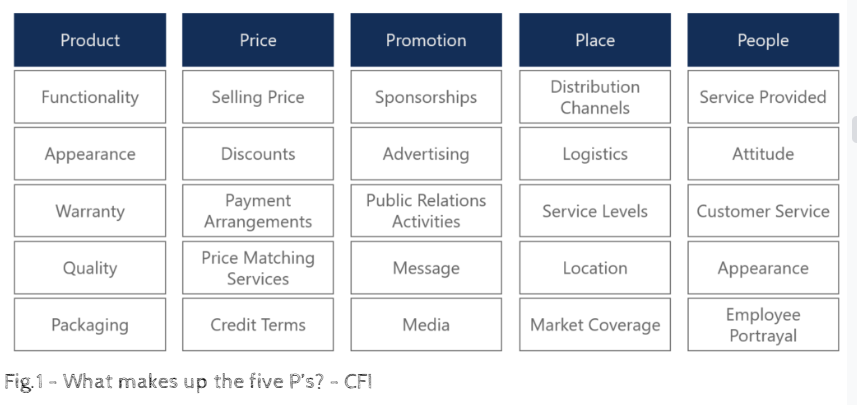
Hubspot have listed more than 41 types of marketing, but for the purposes of this module, we’ve highlighted 2 key definitions…
Traditional marketing – Can be described as the marketing that existed before the internet. Traditional marketing refers to promoting your brand via any communication channel that is not reliant on the internet or an electronic device.
Channels might include advertising on television, billboards and print.
Digital marketing – the opposite of traditional marketing; any marketing that involves the use of the internet or an electronic device.
Channels include email, social media, websites or search engines.
To give yourself a bit more understanding on what digital marketing is and why it matters, check out this video…
For more resources on digital marketing check out Module 6.
Module 3: Discover Marketing in Fiji

With over 3.8 billion social media users at the beginning of 2020, and numbers set to rise, it’s no wonder marketing has been targeting social media in such a big way.
Here are some interesting facts about the global usage of the internet and it’s associated networks…
- The average person spends roughly 100 days of the year connected to the internet, which, when you account for sleep being around 8 hours a day, that’s 40% of our waking lives on the internet.
- 53.3% access the internet via mobiles, with second being laptops (44%).
- Facebook is still the biggest social media platform; marketers can use Facebook to reach a third of the adults (18+) and half of adults aged 18-34.
All in all, with the world becoming more connected, the capacity for marketing from people’s homes is now bigger than ever.

Social media and general internet use has been rapidly increasing over the last 3 years…
In January 2020, out of Fiji’s population of 893 thousand, 66% were internet users and 63% were social media users.
- Facebook is by far the most popular social media, with 430k users recorded in 2017, a figure which rose to 520k in 2020 (matching the number of internet users).
- Mobile connections haven’t gone up quite so rapidly, however, in January 2020, the 1.24 million mobile connections equated to 139% of the total population!
Sources:
Fiji 2020 https://datareportal.com/reports/digital-2020-fiji
Fiji 2017 https://datareportal.com/reports/digital-2017-fiji
UK 2020 https://datareportal.com/reports/digital-2020-united-kingdom?rq=United%20kingdom
Module 4: Marketing With Cultural Intelligence
Collectivism – The focus is more on the group’s needs and priorities, including group goals.
Individualism – The focus is more on the individual’s needs and wants, goals and personal benefits or rewards.
According to Psychology Today, web designs need to vary depending on whether the audience you’re appealing to are individualist or collectivist. Here are the five web design tips they give…


Jack’s of Fiji is a huge organisation in Fiji selling anything from local handicrafts to clothes to souvenirs. Their website (https://www.jacksfiji.com/bula-wear/) is a good example of where they have appealed to their collectivist culture and advertised brands using whole families.

This compares nicely with a more westernised brand, such as Next, where the feature image is of a young woman on her own (https://www.next.co.uk/women).
In marketing, companies often like to create a fictional personal (or an ‘avatar’) in order to understand who we are targeting when marketing to they’re audience.
“You could have the greatest product on earth, but if you’re trying to sell it to the wrong person—you’re never going to hit your sales numbers.”
– Digital Marketer
As we saw with the web designs, an avatar for a business with an individualist audience is going to look somewhat different to avatars with a collectivist audience.
TASK: Download Keap.com’s avatar template below and see if you can create avatars for both a typical Western person and for a Fijian. Think about how the avatars might differ and therefore how marketing strategies might need to be altered.
You cannot live in a Fijian village without hearing the phrase ‘kana vaka levu’ or ‘eat big’ every meal time. ‘You’ve gained weight’ is often a traditional compliment in Fiji, where bigger is better.
Relatively speaking, Fiji had one of the later arrivals of television. Prior to this, Fiji appeared to not have any recorded eating disorders. However, with the introduction of TV came the introduction of seductive commercials, TV programs and films.
This introduction of TV led to the perfect setup for a study looking at the effect this had. In a study by Becker (2004), Fijian secondary school girls were interviewed in response to television (having had TV introduced 3 years prior), including how this affected their self-image.
Worryingly, it was found that 11.3% of adolescent girls said they’d tried purging to lose weight at least once. Of those who watched TV 3+ times a week, 50% of the girls were more likely to describe themselves as “too big” or “too fat” and 30% were more likely to diet than those who watched TV less.
More recently Becker, et al. (2011) found that social network media exposure was associated with adolescent eating pathology (either Anorexia Nervosa or Bulimia Nervosa), showing how platforms originating from Western societies, in this case via social media, are affecting the mental health of Fijians.
Module 5: Social Media & Marketing in Fiji
As we saw above, a vast number of Fijians are now connected to the rest of the world via social media networks.
We asked three Fijians questions about their social media use:
- How does social media affect your everyday life?
- What do you use your social media for?
- How long do you spend on social media per day?
- What social media platform do you use most?
Being connected has huge implications for small businesses in Fiji. A study by Sharma, Singh and Aiyub (2019) found that the more small business used social networking sites to engage customers, the more satisfied the customers were. (Scroll down for PDF of full study)
Boxfit is an example of a small business in Fiji that heavily relies on social media as a marketing tool.
Winston and Genelle, the directors of Boxfit Headquarters, share how they promote their business through social media.
Boxfit was founded in 2018 and in 2019 they established the boxing gym.
They have been successful in running bootcamps, challenges, and forming their client base.
They rely on social media for marketing. They boost one post a week on Facebook to reach a different audience to grow their following. They have learnt that success stories of their members gain the most views, as peoples can relate to these.
They use their business insights on Instagram and Facebook to track their posts. Many of their clients have come to Boxfit HQ through seeing their posts on social media. Covid-19 has put them in a very different position; Winston believes they will have more engagement through social media by ensuring their posts are the ones they know will get the most views.

Traditionally, elders (predominantly male) are left to decision-making, whereas social media is giving Fijian youth space to engage in debate and voice opinions.
In 2015, Finau and colleagues looked at the effect of social media on young men and women’s political participation in Fiji. It was found that social media impacted the youth’s decision making, emphasising the importance of social media. Maybe more strikingly, they found that 80% of women and 74% of men agreed that social media provides the youth with a greater voice.

It is not just the young people of Fiji who are finding their voice via social media.
Titifanue, et al., (2017) found that NGO’s and government supporters have been raising awareness of climate change in the Pacific by using social media to depict islanders as climate change ‘warriors’ – ‘We are not drowning. We are fighting’ was the message of the campaign, trying to raise awareness of the rising sea levels.
Another example of NGO’s using Marketing to raise awareness is the ‘Condom Social Marketing’ (CSM) program. Sewak and Singh (2012) conducted a study to see the affect of the CSM program in Fiji (set up by a non-profit) on awareness and utilization of safe sexual practices among youths. CSM included promotional branding, activities, labeling and subsidies public health products. It was found that despite a high level of awareness about HIV/AIDs, youths did not consistently practice safer sex. This study suggests that not all marketing strategies used by non-profit organisations are effective.
Bula Batiki is a social enterprise that sells virgin coconut oil, with 100% of the profits reinvested back into the communities in the Lomaiviti Province.
Check out the video to hear how Bula Batiki has successfully branded and marketed the business.
Mike Smith applauds Bula Batiki for its marketing of their product and what they do for villages. He notes that village people have ownership of the process. When the product arrives at your door, you know where it has come from.
The PDF contains a number of examples of brands, small businesses to large scale corporates, and their social media posts and advertisements.
Task: Work your way through and think about how Fijian advertisements and social media posts differ from how we market organisations inWesternised society.
Module 6: Guides and Resources for Creating Your Own Marketing Action Projects
Digital Marketers – Ultimate Guide to Digital Marketing https://s3.amazonaws.com/digital-marketer-files/Lab+Toolbox/Ultimate-Guide-To-Digital-Marketing.pdf
Keap – Lifecycle marketing self-assessment https://pages.keap.com/rs/836-CLB-587/images/lcm-self-assessment%20%281%29.pdf
TemplateLab – Competitor Analysis Template below
Sprout – Creating a 30-day social media plan – https://sproutsocial.com/insights/guides/social-media-plan/#introduction-and-calendar-template
Digital marketer – The 10-minute social media audit – https://s3.amazonaws.com/digital-marketer-files/Lab+Toolbox/10-minute-social-media-audit.pdf
PDF for the audit https://s3.amazonaws.com/digital-marketer-files/Lead+Magnet/Social-Media-Writeable-Audit.pdf
Hootsuite – Social media strategy, audit, monthly plan and much more templates – https://blog.hootsuite.com/social-media-templates/
Hootsuite – 8 steps to creating a social media strategy – https://blog.hootsuite.com/how-to-create-a-social-media-marketing-plan/
Factors Influencing Consumer Perception (CP) towards TV and Newspaper Advertising
Integrating Social Marketing Into Fijian HIV/AIDS Prevention Programs: Lessons From Systematic Review
Political Environment and its Impact on Tourism Marketing: A Case Study of Fiji

